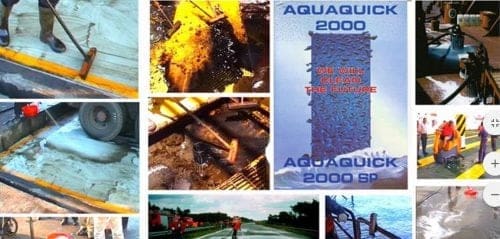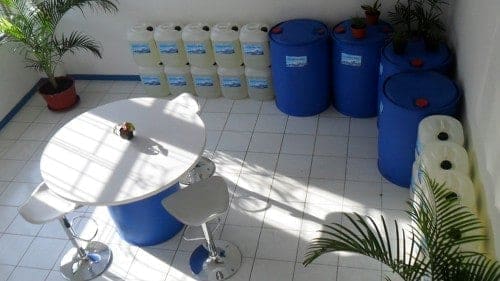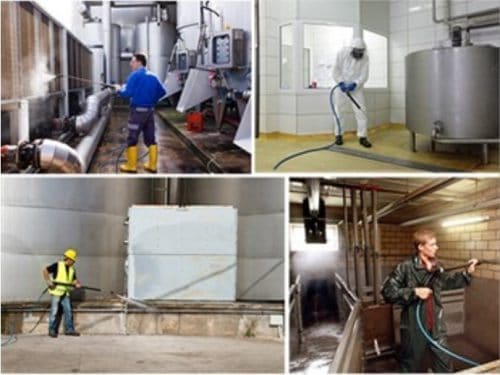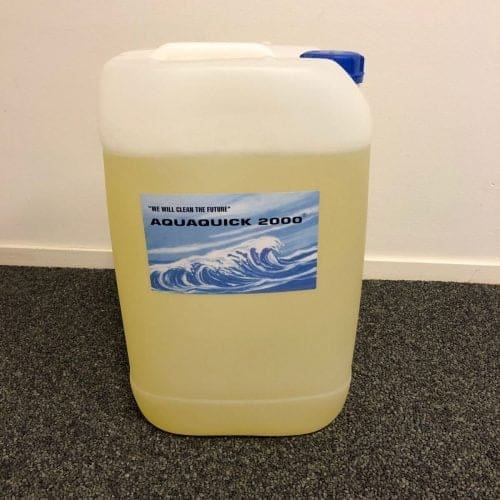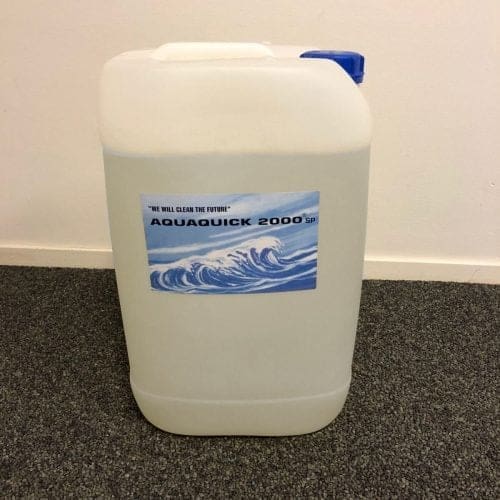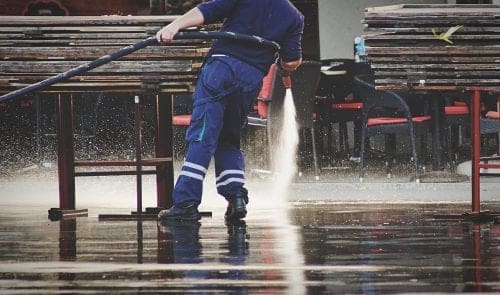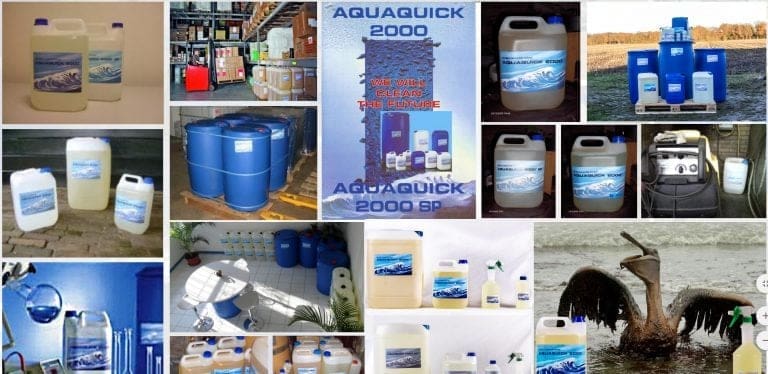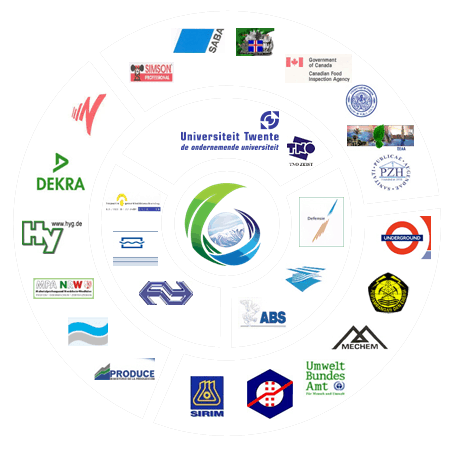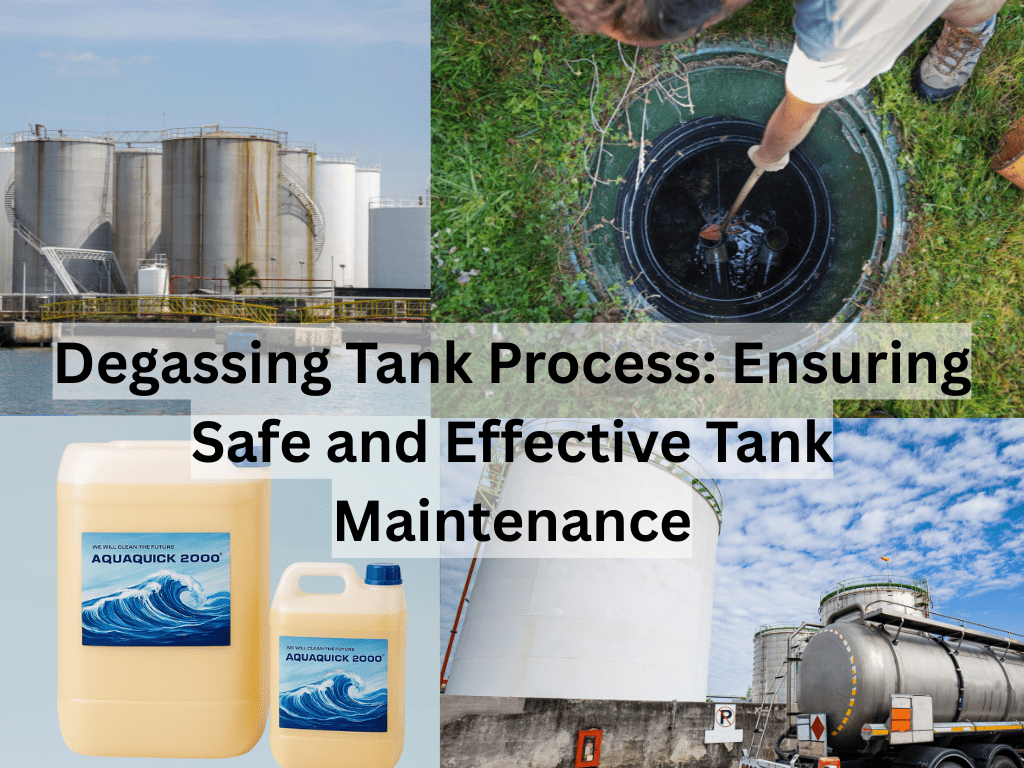The degassing tank process is a critical step in tank maintenance, particularly in industries that deal with volatile substances like oil, chemicals, or fuels. Tanks that store these materials can accumulate hazardous gases over time, which pose serious risks to both human health and the environment. By degassing the tank, you eliminate these gases, ensuring the safety of workers and the integrity of the tank for further use.
What is Degassing?
Degassing is the process of removing harmful gases, such as methane, hydrogen sulfide, or volatile organic compounds (VOCs), from a tank. These gases often form when stored liquids break down or react with other substances. As gases build up, they can create dangerous pressure levels or lead to toxic emissions, which makes the degassing tank process a necessary safety procedure.
Why is Degassing Important?
Several reasons make the degassing tank process vital for industrial operations:
- Sicurezza: Accumulated gases are highly flammable and can lead to explosions or fires if not properly removed.
- Health: Gases like hydrogen sulfide or VOCs can cause respiratory problems or poisoning in humans.
- Efficienza: Degassing allows for easier and safer cleaning, maintenance, and repairs on tanks that store hazardous substances.
- Compliance: Many industries are required by law to degas their tanks before maintenance to meet environmental and safety regulations.
Methods of Degassing Tanks
There are several methods to degas a tank, depending on the type of gas, the size of the tank, and the tank’s content. Here are the most common techniques:
1. Mechanical Venting
This method involves using air blowers or fans to introduce fresh air into the tank, pushing out the accumulated gases. Mechanical venting is typically used for smaller tanks with low gas levels.
2. Inert Gas Purging
Inert gases like nitrogen or carbon dioxide are pumped into the tank to replace the oxygen, preventing combustion and helping to displace the hazardous gases. This method is widely used in large tanks, especially in the oil and gas industry.
3. Vacuum Degassing
Vacuum degassing involves using a vacuum pump to reduce the pressure inside the tank, which allows the gases to evaporate and be safely removed. This process is effective for tanks containing liquids like crude oil or chemicals that are prone to releasing gases.
AQUAQUICK 2000: Enhancing the Degassing Tank Process
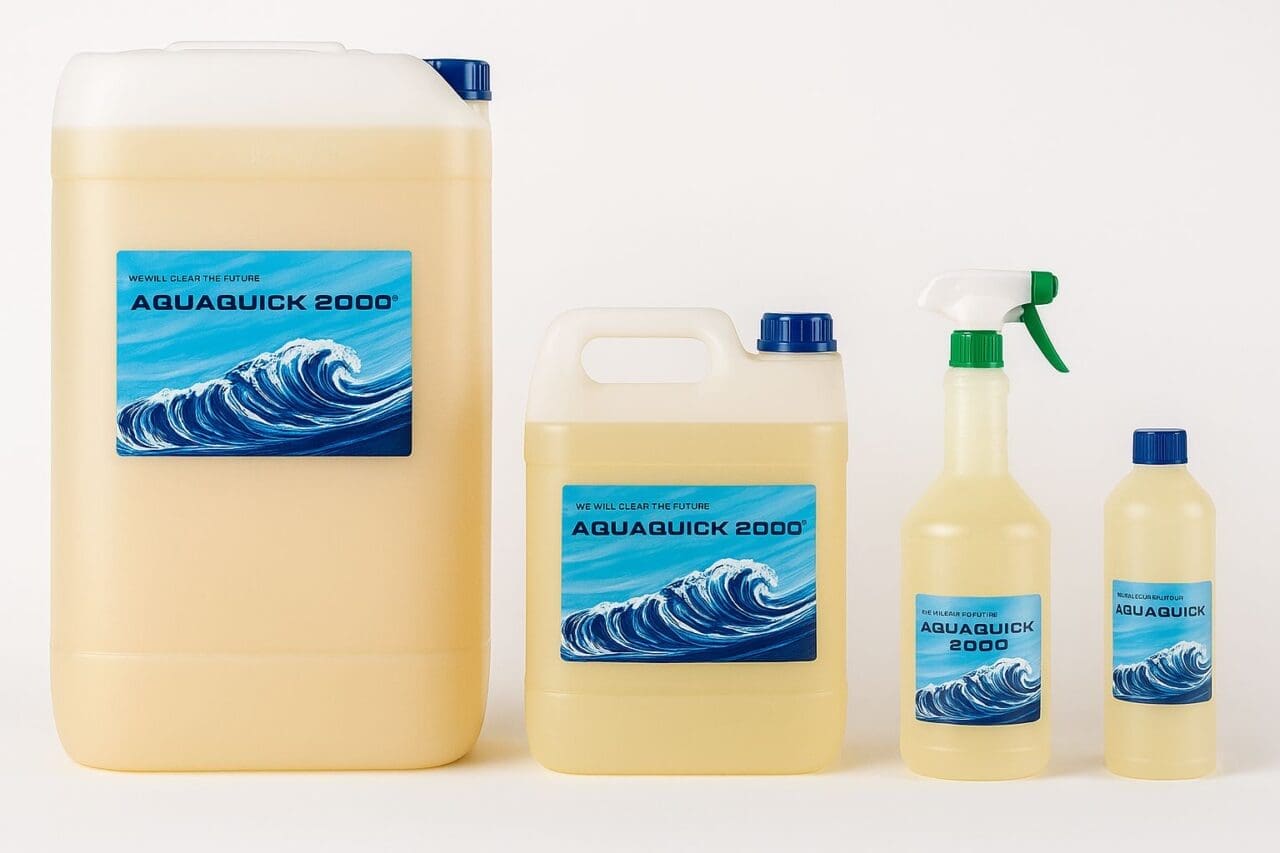
AQUAQUICK 2000 is a powerful tool for enhancing the degassing tank process. Not only does it help remove the sludge and residues that can trap gases, but it also works in conjunction with the degassing process to break down any remaining toxic gases.
When used with a high-pressure jet or Butterworth sprinkler system, AQUAQUICK 2000 helps to loosen and flush out the sludge, which often holds trapped gases. By applying heat and pressure, AQUAQUICK 2000 transforms solidified residues into liquid form, allowing them to be easily removed and preventing the buildup of harmful gases.
Come funziona AQUAQUICK 2000
AQUAQUICK 2000 works by utilizing the buterworth system for even distribution of the cleaner inside the tank. As the cleaner is applied under high pressure, it breaks down toxic sludge and residue, facilitating the degassing process. The heat generated by the cleaner aids in releasing trapped gases, making the tank safer for further maintenance.
Its non-corrosive, coating-friendly formula ensures that the internal lining of the tank remains intact, providing an added layer of protection during the degassing process. AQUAQUICK 2000’s ability to function at high temperatures and pressure makes it the ideal solution for tough degassing and cleaning tasks.
Conclusione
The degassing tank process is an essential part of tank maintenance, ensuring safety, efficiency, and compliance with environmental standards. By using AQUAQUICK 2000, industries can enhance their degassing efforts, break down sludge and residues, and make the process safer and more effective. Whether you’re dealing with large chemical tanks, fuel storage tanks, or oil containers, AQUAQUICK 2000 is the perfect solution for safe, thorough degassing.

